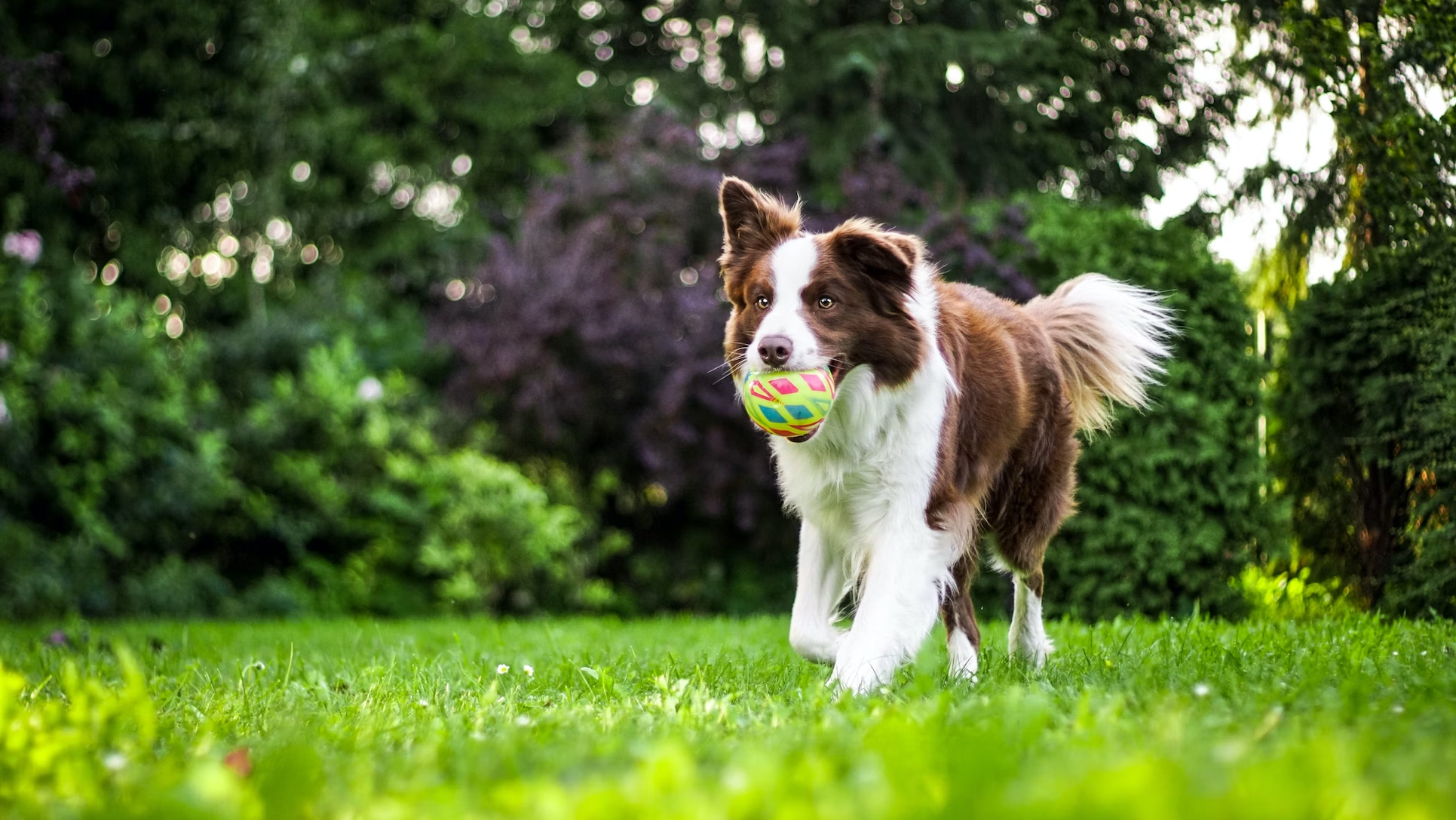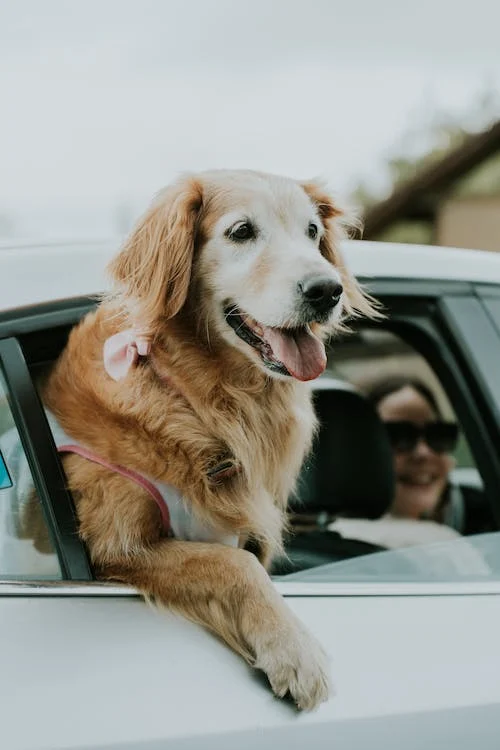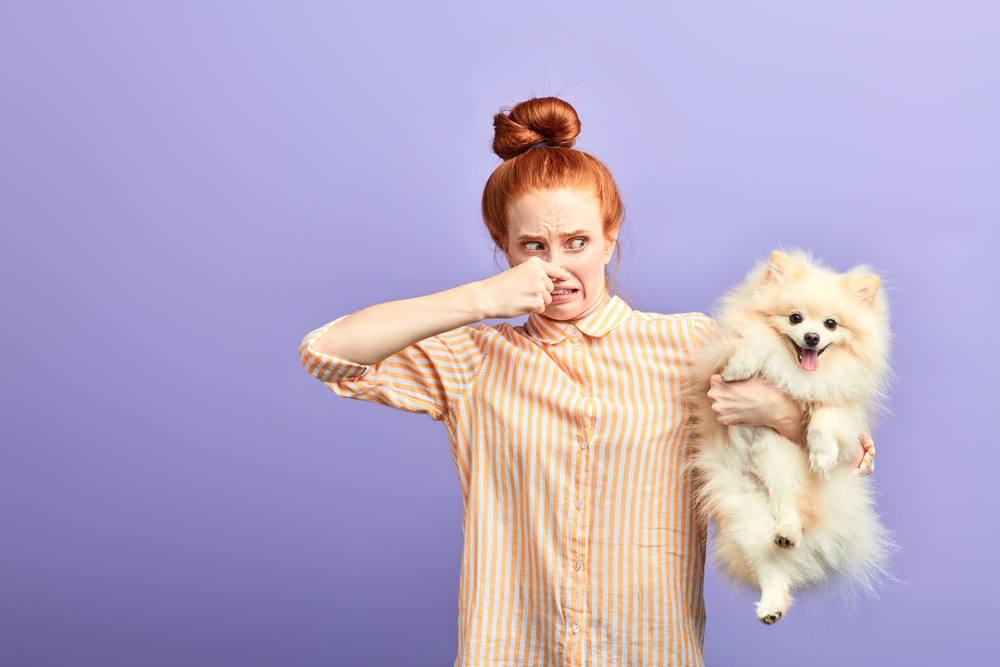You notice your dog dragging their behind along the ground, leaving an unsightly streak behind. Why do dogs scoot on their butt in such a strange way? While the behavior may look silly, butt scooting in dogs can signal a medical problem requires veterinary attention.
In this article, we’ll cover the most common causes for butt dragging in dogs and what you can do to help stop the annoying behavior. Let’s analyze the reasons behind this doggy derriere dilemma!
Main Causes of Dog Butt Scooting
Scooting – also called anal dragging – happens when a dog slides their rear along the ground to scratch or relieve discomfort. Possible causes include:
Anal sac issues – The anal glands on either side of the anus can become impacted or infected. This causes intense itchiness dogs try to relieve by scooting their bottoms.
Skin allergies or irritation – Allergic dermatitis, flea bite allergies, skin fold dermatitis or other skin problems around the rear can prompt scooting.
Diarrhea or worms – Loose stools from gastrointestinal issues, parasites, or digestive upset can irritate the rear area driving the urge to scoot.
Injuries or trauma – Lacerations, abscesses or hematomas around the anus or tail cause pain and itching that dogs attempt to soothe by rubbing their bottoms.
Foreign material – Objects like grass seeds or foxtails stuck around the anal area trigger intense scooting.
Anal gland tumors – Tumors affecting the anal sacs may prompt dragging. Also check for rectal tumors or polyps.
Spinal issues – Nerve problems around the tailhead, like intervertebral disc disease, can make the rear end sensitive or itchy, triggering scooting.
If you notice recurring scooting, inspect the rear area. Look for signs of redness, swelling, discharge or licking/chewing that point to the underlying issue. Then seek veterinary examination.
When to See the Veterinarian
Schedule an urgent vet visit if scooting is accompanied by:
- Repeated attempts at licking, biting or chewing at their bottom
- Excessive scratching or inflammation around the rear
- Evidence of worms in stool or around the anus
- Bleeding, swelling, or discharge from the rectum
- Difficulty defecating or blood in the stool
- Neurological signs like tail weakness or dragging rear legs
- Scooting combined with loss of appetite or lethargy
Catching and addressing the root problem early provides relief and prevents secondary infections from licking, chewing, or scratching.
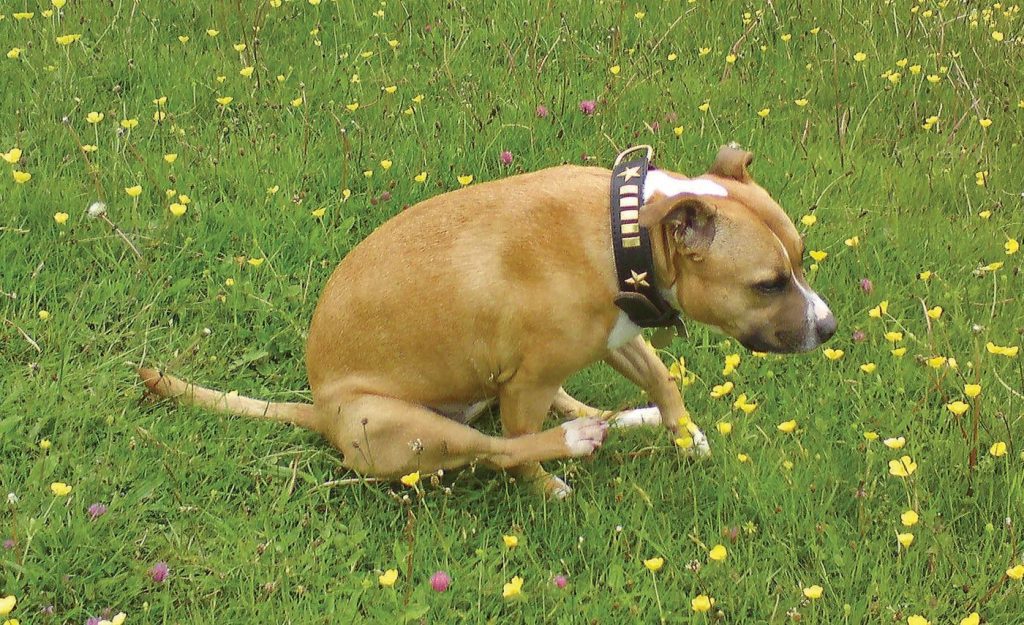
Solutions for Stopping Butt Scooting
To help curb scooting behavior:
Express the anal glands – Have your vet or groomer manually empty full anal sacs if impacted.
Increase fiber – Add pumpkin, sweet potato, or psyllium to firm stools exacerbating irritation.
Treat allergies – Use medicated shampoos and hypoallergenic diets to soothe allergic dermatitis.
Remove debris – Gently wash the rear to remove any grass seeds or irritants.
Use antioxidant cream – Opt for gentle, soothing creams to reduce inflammation of the anus.
Use an e-collar – Prevent licking and chewing that amplifies irritation.
Correct diarrhea – Treat loose stools with bland diets, probiotics, or medications.
Administer anti-inflammatories – Steroids or NSAIDs ease swelling and discomfort.
Treat worms – Use dewormers to eliminate parasitic infestation.
Consider surgery – Severe anal gland problems may require surgical drainage or removal.
Relieving the source irritation is key to curbing scooting. Identify and address the underlying trigger to provide lasting relief.
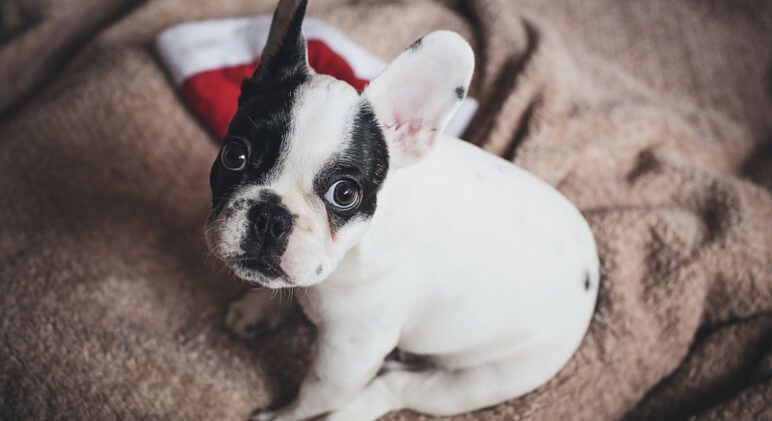
How to Prevent Dog Scooting
You can help prevent scooting and associated discomfort by:
- Sticking to a consistent diet that promotes good stool formation.
- Expressing anal glands periodically before they become painfully overfilled.
- Controlling skin allergies through allergen avoidance and fatty acid supplementation.
- Keeping the rear area clean and shaved if prone to debris getting trapped.
- Examining the rear after outdoor play to remove any grass or seeds.
- Scheduling regular veterinary wellness checks to assess anal health.
While occasional scooting may happen, frequent dragging warrants inspection and treatment to resolve the root cause and discomfort.
When to Ignore Butt Scooting
Not all scooting requires major intervention. Brief, infrequent episodes after triggers like grooming, baths, or humid weather are typically benign. Monitor, but no need to panic at one-off episodes if your dog shows no discomfort otherwise.
Questions About Dog Scooting
Still have questions about dogs sliding their rears along the ground? Here are some commonly asked queries:
Why does my dog only scoot after being groomed?
Irritation from shaving around the anus, water/soap getting lodged in the fur, or seasonal allergies can prompt temporary post-grooming scooting.
Are certain breeds prone to scooting?
Yes, short-legged breeds like Corgis, Dachshunds, and Bulldogs seem predisposed, possibly due to conformational challenges in reaching their rears. Overweight dogs also tend to scoot more.
Is scooting a sign my dog has worms?
It can be, especially if accompanied by stool changes or a pot-bellied appearance. Have your vet examine a fecal sample to test for parasites.
Can scooting spread worms to humans? Some worms like tapeworms can be transmitted between species. Have all family members wash hands frequently if your dog has worms.
Why does my old dog scoot more?
Anal gland issues, loss of muscle tone, skin irritation, and spinal disease become more common in aging dogs, making scooting more prevalent in seniors.
While scooting may look silly and harmless, frequent bottom dragging signifies irritation requiring veterinary attention. Identify the trigger and take steps to relieve discomfort. Consistent scooting should not be ignored. Please let us know if you have any other pet health questions!

